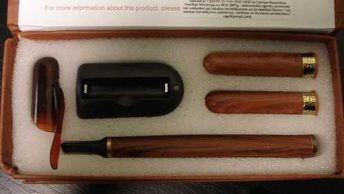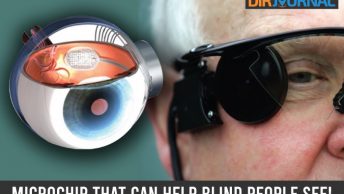Researchers have done it again. Is it any surprise that they have come up with skin that feels like skin but is not skin. It’s not a riddle nor is it from a science fiction novel.
I am talking about skin made from polymers and carbon nanotubes. According to researchers, this is currently under development and has the potential to feel – sensations of heat, cold and even pressure. This artificial skin has temperature sensors that are built-in.
There are several research scientists and organizations working on artificial skin, using different materials. One of them, John Simpson, a senior research scientist at the US Oak Ridge National Laboratory’s Nanomaterials Synthesis and Properties Group says, “By employing carbon nanotube technology, we can not only come very close to existing skin characteristics, we may even exceed them.”
They say that carbon in nanotubes is biocompatible, which means the body’s immune system will not consider it a foreign object, so there is no fear of rejection. This skin conducts sensation, as carbon nanotubes that are vertically aligned can make the surfaces of prosthetic devices feel like the baby skin a person is born with. The skin will transfer the heat from the surface to a sensor network below as quickly and as efficiently as normal skin passes this information. Then the sensors signal the brain.
Artificial skin is a great help for people with third degree burns where patients lose a huge percentage of their skin layers, for big wounds as well as in cases of venous ulceration. These are situations where the skin is not capable of healing itself normally. This is where artificial skin transplant is required.
Until now, the only other way of covering up these areas has been skin grafting, where the patient’s own skin from another body area or donor’s skin is taken and grafted in the affected area. This method is not only an expensive proposition but also entails a lot of discomfort and pain. It leaves scars on the treated wound and also the area where the skin is taken from (normally, the thigh.) There is also the issue of rejection of skin transplants from some body areas.
Artificial skin transplant has actually been performed successfully in a first-of-its kind surgery, on a boy, in UAE recently. Artificial skin was stitched in the arm of the boy and then covered with silicon as a protection from infection.
This success gives a great deal of hope to researchers and is an effective solution. Skin transplants allow the skin to grow naturally on the artificial one and prevent scar formation.
Another set of researchers at the National Institute of Aerospace in Hampton, Va, are working overtime to fulfill their objective of creating a 6 sq.cm. patch of artificial skin by next year. They aim at using this for prosthetic arms for amputees which can help them immensely in feeling sensations that are “almost-normal.”
Robots have been lucky in the sense that for a long time, most of the research was steered towards making robotic skin soft and as close to normal skin as possible, to enable robots to feel different sensations. Now it is the turn of the humans.
With so much research going on in this area, a safe assumption is being made by researchers all over the world, that very soon this synthetic skin will equal normal skin. The big challenge that researchers face is – perfecting the sensors and materials and ensuring they all work together.












